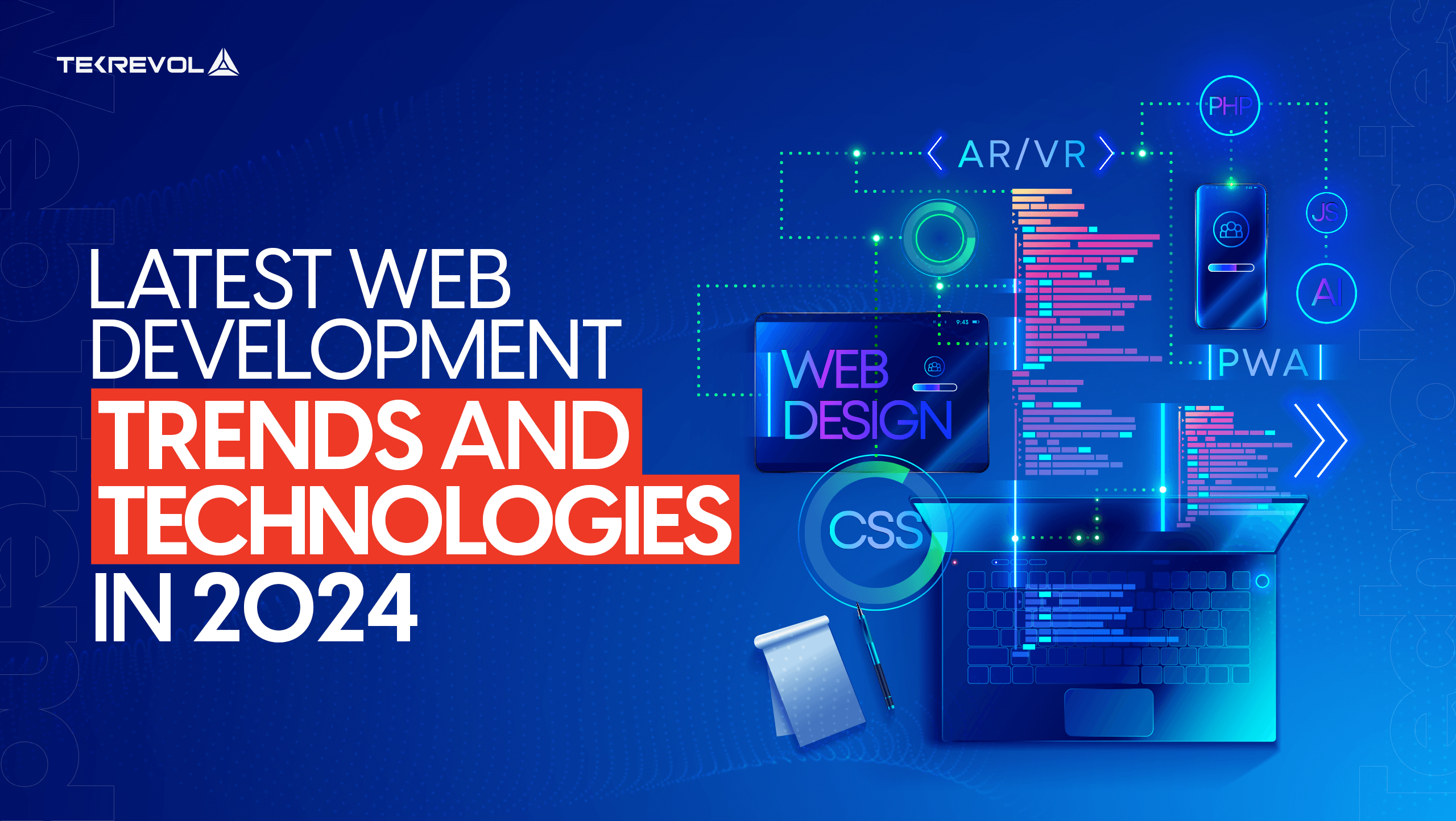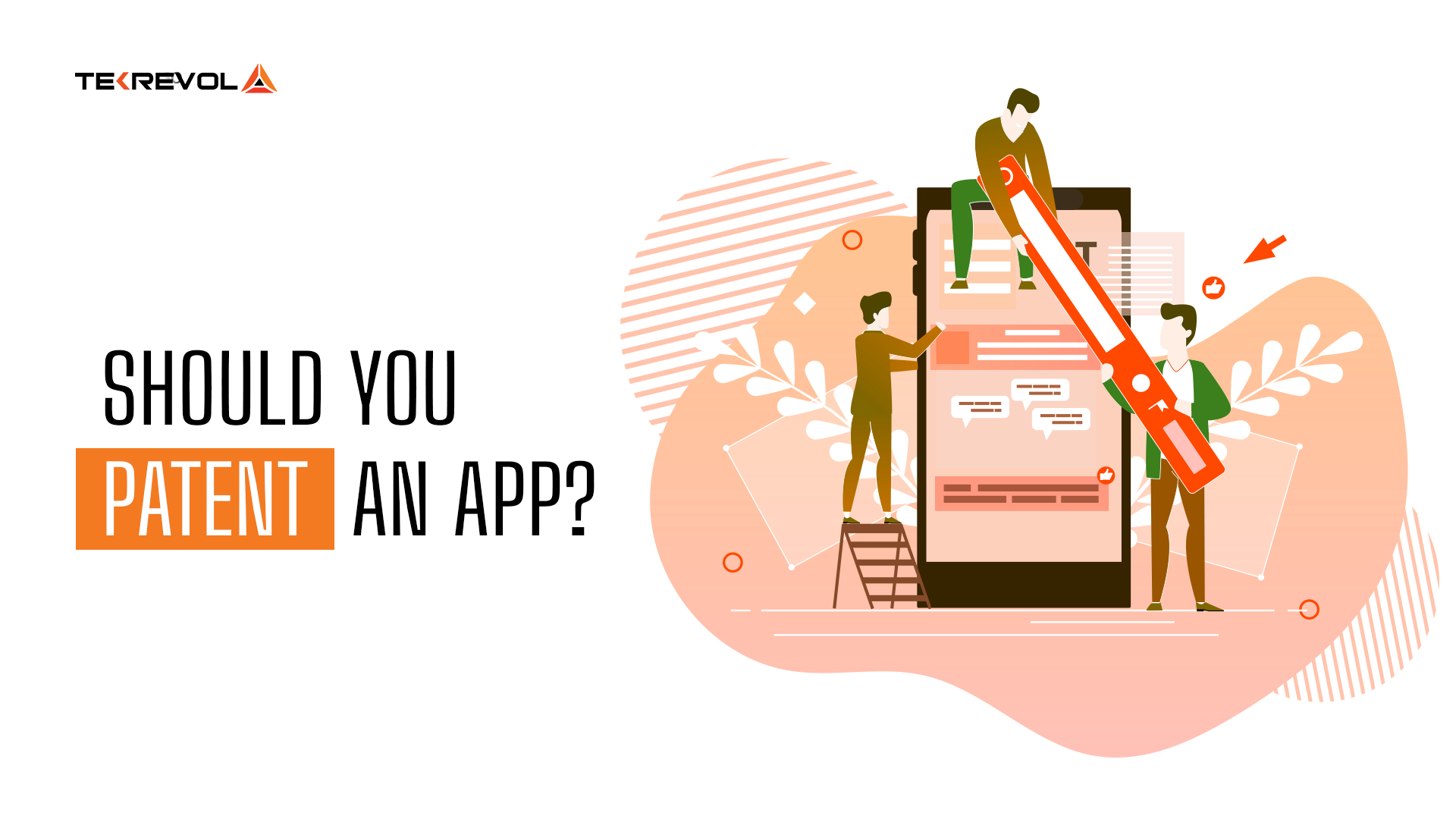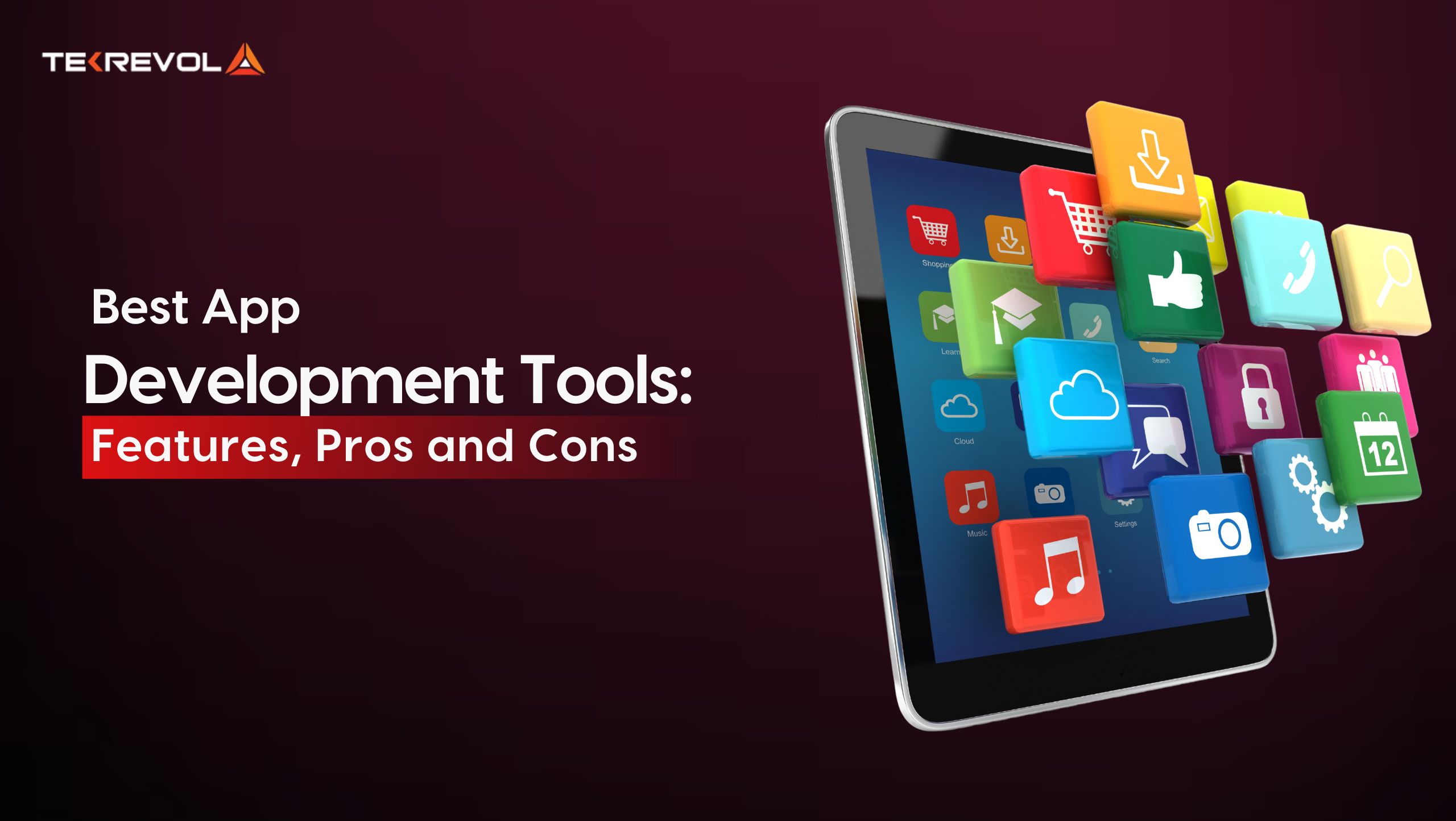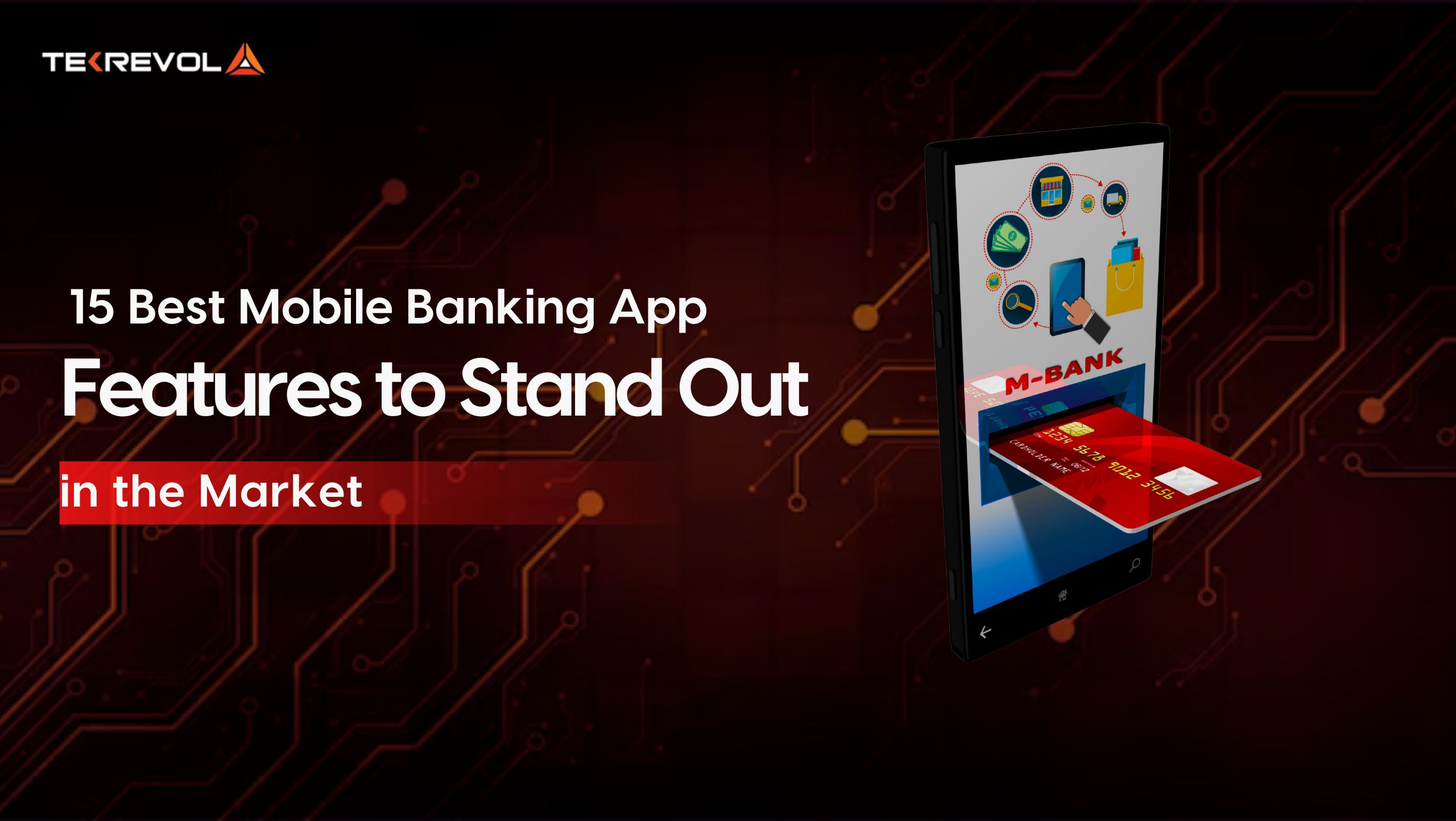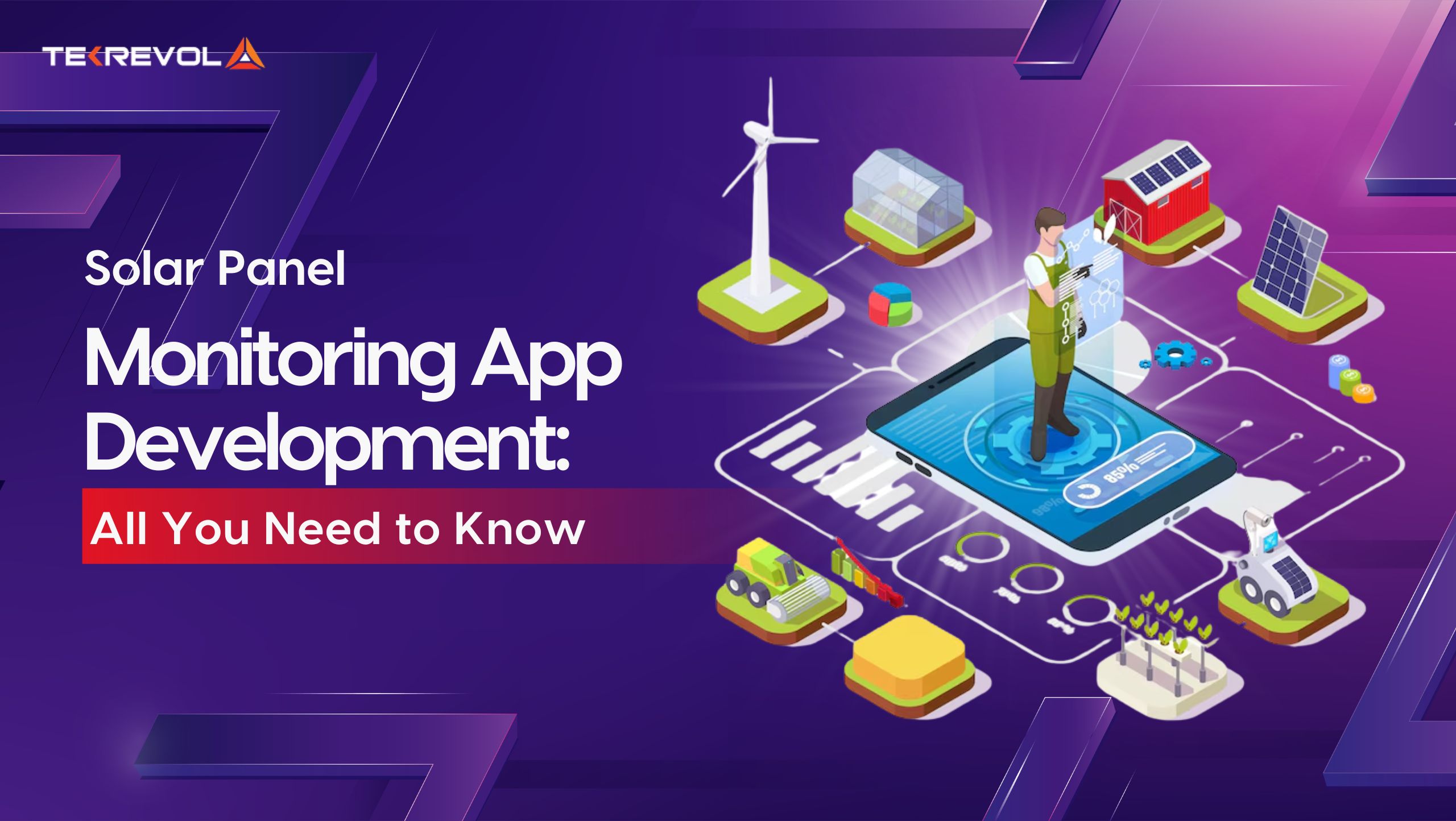Web development is a fast-moving industry where innovative technologies and trends appear to enhance user experience and simplify development. Technology and human experiences continue to change at a fast pace meaning the web development industry is not stationary.
Therefore, meeting these requirements is crucial to creating new-generation web solutions that are effective and engaging. New trends do not only improve the website design and features but also the site’s loading speed, capacity for growth, and interaction with users.
This blog focuses on advanced web development trends in 2025 and their benefits for the Web Development industry. So, let’s explore these revolutionary trends that are turning the course of web development services to increase the user engage with businesses online
- Ready to Build on the Latest Trends?
- Consult with our experts to have a detailed brief on incorporating the latest trends into your website.
What is New in Web Development in 2025?
In 2025, web technology trends include AI integration, serverless architecture, the rise of animated user interfaces, and the increasing popularity of PWAs. Regardless of your expertise as a developer, there are many other trends to explore and implement.
1. Responsive Web Design
Responsive layout is one of the critical components of contemporary web design that makes websites adaptive to various devices and resolutions. CSS Grid and Flexbox are two layout tools used to design responsive and adaptive work with the help of grid and Flexbox models.
The Basic concepts of CSS Grid and Flexbox:
CSS Grid: Enables one to create intricate layouts with grids, rows, and columns making it easy to have a high level of control over them. This makes it easy to avoid and develop complex and dynamic layout mechanics.
Flexbox: It is highly suitable for designing free and loose, single-line designs. This layout allows for the distribution of space in an interface and the alignment of items in a container, making the layout responsive to screen size and orientation.
Creating responsive designs for various screen sizes and devices:
- This option can also be used to apply a different style depending on the width of the viewport to avoid any sudden shift in layout when the width of the viewport changes.
- Use relative measuring units such as percentage, rem, and em in designing to ensure that the interface design looks good on large screens and small ones such as mobiles.
Best practices for building modern, mobile-first websites:
- Also, focus on the mobile-first approach, which means that using the small screen size as the primary base and modifying the layout for further screen sizes.
- Maintain a clear interaction area by leaving enough space for touch items and using correctly proportioned fonts.
- Specify and use techniques such as `srcset` and the `
` element in order to optimize images and other forms of visual media to fit different devices.
2. Progressive Web Applications (PWAs)
PWAs are applications that are installed through web browsers and provide fast, reliable, and immersive functionalities just like native apps. They build upon features of modern web technologies to meet app-like interaction in addition to enhanced user interface.
The Concept of PWAs:
PWAs are browser-based apps that emulate the native-like experience. They are optimized for performance, usability, and interactivity even in such situations as low connectivity or offline mode.
PWAs can be designed to operate offline, send push notifications, and include an icon on the users’ home screen but do not need an app store. There are higher levels of performance, increased engagement of users, and lower cost of development and maintenance as compared to native apps.
Building PWAs with the Latest Web Technologies:
Service Workers: These are scripts that run in the background and allow other features like offline operations, and background syncing besides the push notifications.
Web App Manifests: Metadata files in JSON format that include icons, names, and theme colors allow the web app to be set up on the user’s device as a native app.
Exceptional User Experiences with PWAs:
- Use Service Workers to cache necessary resources so that the app functions offline or in poor network coverage.
- Improve overall user interaction with tools like push notifications, to remind or inform users about something they might be interested in.
3. Serverless Architecture
It is a new paradigm that is slowly taking root in web development trends and allows developers to design and host applications without servers. It isolates the server management layer to allow the developers to work on the code only thereby increasing efficiency.
The Concept behind Serverless Computing:
This means that cloud solutions take care of servers and provide necessary resources while the computing is done in the cloud. By executing scripts in reaction to events, developers write functions that are used.
Serverless architecture provides flexibility, scalability, and easy maintainability and provides cost optimization based on usage.
Implementing Serverless Backends with Different Platforms:
AWS Lambda: Enables execution of code without having to arrange or allocate physical servers. It supports any language and can handle wide variability in users.
Azure Functions: Offers an event-driven computer with support to many programming languages, hot-swappable with other Azure services.
Google Cloud Functions: Performs code execution when certain events occur, adapts to the traffic occurrence and collaborates with Google Cloud services.
Considerations of Serverless Architecture:
- The serverless structure means that the server scales up efficiently with traffic loads providing high availability and reliability.
- The pay-for-what-you-use model implies that only the actual usage is charged, thus, serverless solutions are cost-efficient.
- Deployment entails bundling the code and uploading it to serverless where the platform handles the rest thereby making it less complex.
4- Incorporating Augmented and Virtual Reality
Web AR and VR are two trending web development technologies for web content consumption whereby the user engages in experiencing content as if it were real or even real content as a part of the real world. Augmented Reality (AR) and Virtual Reality (VR) are transforming how users interact with web content by overlaying digital information onto the real world (AR) or immersing users in a fully virtual environment (VR).
Concept of AR/VR in Web Development:
AR adds layers of digital information on top of a real environment; VR loses sight of reality and places individuals in a simulated environment. It is also clear that both technologies provide innovative interfaces to users of web content.
These technologies enhance the dimensions of the user interface, enable users to gain a better understanding of products and concepts, or solve puzzles, play games, and simulate.
Implementation of AR/VR Features to Enhance User Experience:
- Use frameworks like AR. js and Three. js – The technology to enable the direct integration of AR into web applications and let the users engage with models and other overlays in the browser.
- Utilize VR tools such as A-Frame, allowing the users to engage with the content and explore the virtual space more engagingly.
5. AI-Powered Web Experiences
AI is increasingly being incorporated into web development as it serves to improve the performance of websites by enabling them to learn and adapt to the needs of users.
The Concept of Using AI Gadgets in Web Development:
Intelligent features are developed using Artificial Intelligence Technologies like Machine Learning, NLP, and Computer Vision Technologies. This is how you are able to provide anticipations of individual users, handle functions automatically, and offer custom experiences.
AI on the user side helps in the delivery of personalized content, responding to queries through chatbots, voice search, and image search.
Web development Measures that Incorporate AI:
- Implementing AI-agent chatbots to deal with customers’ requests, and answers and to assist users in navigation on the website, making it faster and more convenient.
- Deploy the ability to interpret users’ activities and interests to predict the pattern of their activity and target the flow to ensure increased click-through rates and sales.
6. Jamstack (JavaScript, APIs, and Markup)
Jamstack is the contemporary way of building websites to boost convenience and security due to the separation between the interface and the engine. It utilizes JavaScript, Application programming interfaces, and pre-rendered Markup to offer dynamism.
Understanding the Jamstack Architecture:
Jamstack separates the Front from the Back, where SSGs populate pages with content and APIs feed them dynamically on the fly. It has benefits in improving efficiency, safety, and flexibility in utilization too.
Static sites in Jamstack are faster to load, more secure, and simpler to extend or expand. They also increase coders’ efficiency as most of the details related to the development process are done by the framework.
Utilizing Static Site Generators:
Gatsby: A tool that is used for creating static websites with the help of React, which shows high performance, has useful instruments for developers, and great opportunities for using plugins.
Next.js: A JS library that facilitates static site generation and server-side rendering, it is a flexible and feature-rich framework that enables modern powerful web app development.
Hugo: A Go static site generator best described as blindingly fast and flexible, primarily used for creating responsive websites that require little configuration.
Leveraging APIs and Microservices for Dynamic Content:
- By means of APIs, obtain dynamic content, which will allow for the design of the application in a way that is more modular and easier to manage.
- Synchronize with microservices to complete defined tasks, including authentication, payments, and data management; the result should be the ability to build, implement, and grow each service as an individual entity.
7. Headless CMS (Content Management Systems)
Headless CMS separates creating and managing content from delivering it in a specific design, which provides more freedom in how the information is shared and what it looks like in various channels.
Decoupling Content Management from Presentation Layers:
A headless CMS is a content management system where the back-end content management system is decoupled from the front-end delivery layer. Data is available through APIs, which makes it possible to use any ‘frontend solution’ to render it.
This approach helps in extending the flexibility in the way it can be presented to the users, content be it via Web, Mobile, or IoT interfaces.
Integrating Headless CMS Solutions:
Contentful: A well-built headless CMS that provides advanced APIs, customizable content types, and an easy-to-navigate control panel for content.
Strapi: An open source headless CMS particularly with the capability of flexibility with powerful API, REST, and GraphQL.
Sanity: Supports live co-authoring, customizable content structures, and good programmatic access, which can be beneficial for large-scale content management.
Flexibility and Scalability of Headless CMS for Modern Web Development:
- With Headless CMS, one can choose various frontend tech stacks, which options help developers build unique and high-performance web applications.
- The decoupled architecture also enhances the capability to support multi-channel content distribution with relative ease.
8. WebAssembly (Wasm)
WebAssembly or Wasm is a binary intermediary intended to embed the support of other languages such as Rust, C, or C++ onto the web without the necessity to use Javascript.
Understanding WebAssembly and its Role in Web Development:
WebAssembly on the other hand is a low-level binary form that runs in the web browser with almost native code speed. Languages other than Java script can be used to write performance-critical code because it permits developers to do so.
WebAssembly provides components needed to calculate and perform enhanced tasks like gaming engines on the web; it is much faster than JavaScript.
Building High-performance Web Applications:
- For the performance-critical parts of the application, it stays limited to Rust, C, or C++, While it compiles to WebAssembly to run in a browser.
- Utilize existing codebases as well as libraries written in these languages, which allows reusing safe and fast code for web applications.
Performance improvements of WebAssembly in Real-world Applications:
- WebAssembly is best used in applications requiring complex calculation, graphics, video, and scientific applications where high performance is needed.
- This improves the efficiency of web applications, which otherwise would have taken plenty of time to execute the code and load the application fully.
9. GraphQL for API Development
GraphQL is a layer on top of APIs which offers more flexibility over REST for client-server communication, where clients can request particular fields only.
Understanding GraphQL Query Language:
GraphQL involves clients asking for information and or data in a specific format eliminating the problem of over fetching and under fetching of data.
GraphQL has a single entry point for all queries, it makes data handling much easier and increases efficiency because the client can ask for data that he needs only.
Building Efficient and Flexible APIs with GraphQL:
- Specify a GraphQL API namespace that defines the types and connections within the data model and documents the API well.
- Add query resolver to handle queries and mutation which enables API to retrieve and modify data based on the client’s requirements.
Advantages Over Traditional REST APIs and Tooling Support:
- GraphQL is more advantageous for clients than REST as with the GraphQL API one can retrieve as many fields of a resource as needed with a single query.
- There are also testing tools such as Apollo Client and Server, Prisma, and others that are helpful in creating and debugging GraphQL applications.
10. Micro-Frontends
Micro-fronts refer to the splitting of complex frontend applications into a collection of smaller, easily maintainable components for enhanced scalability of large applications.
Decomposing Monolithic Frontend Applications into Smaller Modules:
Micro-frontends split a large application into smaller components that can be deployed independently with each component serving a particular part of the UI.
It allows teams to work on different areas of the application simultaneously, which enhances the speed of development, scalability, and maintainability.
Benefits of Micro-frontends for Large-scale Web Applications:
- Improve scalability since particular sub-modules may be developed, deployed, and scaled individually without forming a bottleneck or a single point of failure.
- This can enhance maintainability because any alteration made to the program will only impact the target modules, and not the rest of the application.
Strategies for Micro-frontend Architecture:
- To compose and integrate components of micro-frontend architecture use frameworks and libraries such as single-spa, Module Federation (Webpack 5), or Luigi.
- Consolidate design systems and UI components as much as possible across the modules and also build a sound communication channel between the interacting modules.
11. Web Accessibility and Inclusive Design
Web accessibility and inclusive design are the guiding principles for ensuring that web content is available for all users, including those with disabilities. Making it accessible not only benefits the user but also adheres to the law.
Importance of Accessibility in Web Development:
Web accessibility means making a site accessible to people with different disabilities for visual, hearing, motor, and cognitive impairments.
An accessible site targets a broader audience, enhances the usability, and meets legal standards, including ADA and WCAG.
Designing Accessible Web Experiences for Users with Disabilities:
- Follow semantic HTML guidelines to ensure content has proper structure and meaning for the benefit of screen readers and other tools.
- To enhance the usability of content for visually impaired users, include adequate color contrast, keyboard accessibility, and descriptions for images.
Compliance with WCAG Guidelines and Tools for Accessibility Testing:
- WCAG is the set of standards that should be implemented to make web content more accessible to disabled people and improve website interface usability.
- This post explores some of the common mistakes made in accessibility testing like the failure to use testing tools such as WAVE, Axe and Lighthouse among others.
12. Applying Blockchain Technology in Web Development
Web development can benefit from blockchain technology by helping people to design easy and secure apps that can be run on the World Wide Web. It can be used to develop business internet applications that are hosted on blockchains called decentralized applications or dApps.
Impact of Blockchain Technology on Web Development:
It is an innovative public database possessing a decentralized consensus for the general management of alternatives other than an alternate version of the truth of transactions.
Blockchain implementation is protected by the cryptographic concepts and decision-making decentralization. It has the feature of ensuring that every transaction is verified by everybody by giving a feeling of confidence and transparency.
Decentralized Web Applications (dApps) with Blockchain:
Ethereum: It is a known blockchain platform that supports smart contracts and as a result, makes it possible to have applications with decentralized operations.
Solana: Another platform for building sustainable and effective DApps is Solana, which has high liquidity and low commissions for transactions.
Considerations with Blockchain-based Web Solutions:
- It is secure since the technology is decentralized and still, it has an option for cryptographic flaws on the transactions.
- The essence of the records of the blockchain is that it has instilled confidence when applied in areas that require confirmation of completed and verified transactions.
13. Cross-platform Development with Web Technologies
Cross-platform application development frameworks allow for the creation of mobile applications that work on different platforms and from a single code base potentially shortening development time.
Using Frameworks for Cross-platform Mobile App Development:
React Native: Enables the development of mobile apps with React and JavaScript for a performance that is almost as fast as native and a wide range of options for libraries and tools.
Ionic: A system that creates apps for Android and iOS devices through HTML, CSS, and JavaScript, which emphasizes one codebase and the ability to develop quickly.
Flutter: The tech giant, Google’s library for compiling the applications natively that work on Android, Web, and Desktop from the same set of code; it is known for its high performance and UI elements.
Sharing Codebase between Web and Mobile Applications:
- Cross-platform frameworks allow the code to be shared between web applications and mobile applications saving development time and money.
- This approach maximizes code reusability since the same code can be used in other platforms since it emulates the behavior of the end product as a black box.
Considerations for Cross-platform Development:
- Reduced development time, lower expense, and easy to maintain because of the usage of a single code.
- Moreover, it enhances consistency in the manner users interact with the e-commerce site and other applications.
- Some disadvantages of using this technology are performance limitations and restricted access to the application’s specific platform facilities compared with built-in applications.
- When developing software, the goals of the project need to be properly considered so as to identify the best strategy to adopt.
- Create A Stunning Online Presence with Next-gen Web Trends!
- Collaborate with us to build or revamp your website considering the latest trends in web technologies.
Connect with TekRevol to Lead the Online Market with a Unique Web Presence
Are you keen on enhancing your web presence?
In this saturated digital market, you have to outperform your competitors by adding a unique value to your web presence. Upgrading your website as per these trends is the only way to stay ahead in the online business world. That’s where TekRevol comes to rescue its prestigious clients by utilizing the latest web technologies and strategies based on current trends in their web solutions.
If you are uncertain about the budget of your website, give a read to our detailed blog on web development cost.
Whether you want to build a website from scratch or upgrade your current web presence, we are here to help you at every step throughout the whole process.
Consultation
Our experts are 24/7 available to assist you with your website ideas and we offer consultation to further polish your concept to create something unique.
UI/UX Design
Once the directions of the project are decided, we move further with the design to create or improve the UI/UX as per the latest trends.
Core Development
After that, we build the core functionalities as per the website requirements and add rich features that are in high demand.
Maintenance & Support
When the website development process is completed and the site is live, we remain by your side for any improvisations in your project.
Keeping Up with the Latest Trends is Your Way to Web Supremacy!
To provide clients with timely, effective, and relevant web solutions, one needs to keep track of innovative developments in web technology. These new trends are worth adopting as developers will be able to develop new products that will be serviceable to users or businesses. From using AI, implementing serverless, and experiencing blockchain, the future of web development is bright and offers a lot of potential for expansion.

 4589 Views
4589 Views February 10, 2025
February 10, 2025